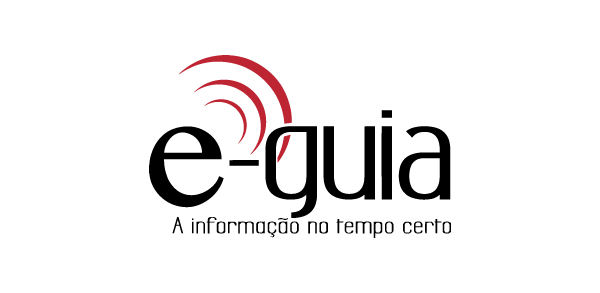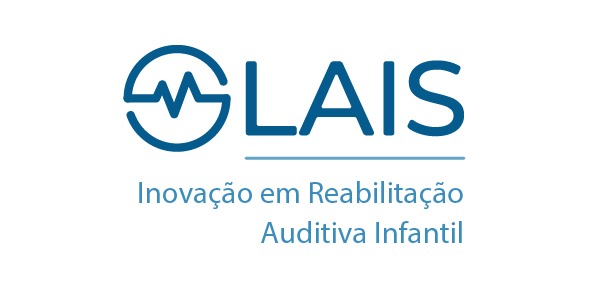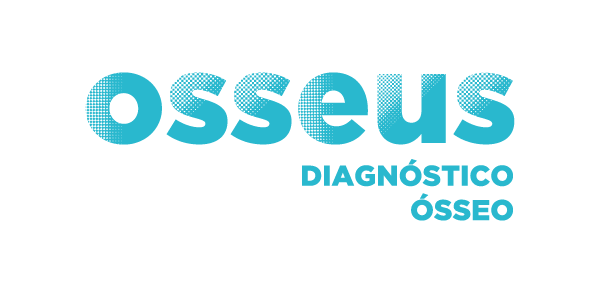The e-Guide system was developed to guide the visually impaired in urban transport in cities, using a cell phone that will help users with information about the displacement. The e-Guide allows the visually impaired to autonomously, using a cell phone, identify in advance (100 meters in advance) when the public transportation they are waiting for is approaching the desired stopping point. In addition, it helps users with information on how to get to their final destination, ensuring visually impaired people more autonomy and more safety in their locomotion.
The e-Guide works through an application installed on the mobile device.The main functionality of the e-Guide is to identify when the bus, with the route previously informed by the user, is close to the stopping point.
To realize this project, it was necessary to think and develop an architecture that would enable communication between the user, the bus and the server, which is responsible for receiving the information, and also for notifying the user that the desired bus is close to its destination.



Registration of clinical research and automated import of data from research centers into the RNDS.

Project that seeks to improve the hearing (re)habilitation services offered to the population, with cost reduction.

A non-invasive method used to diagnose diseases of osteometabolic origin.